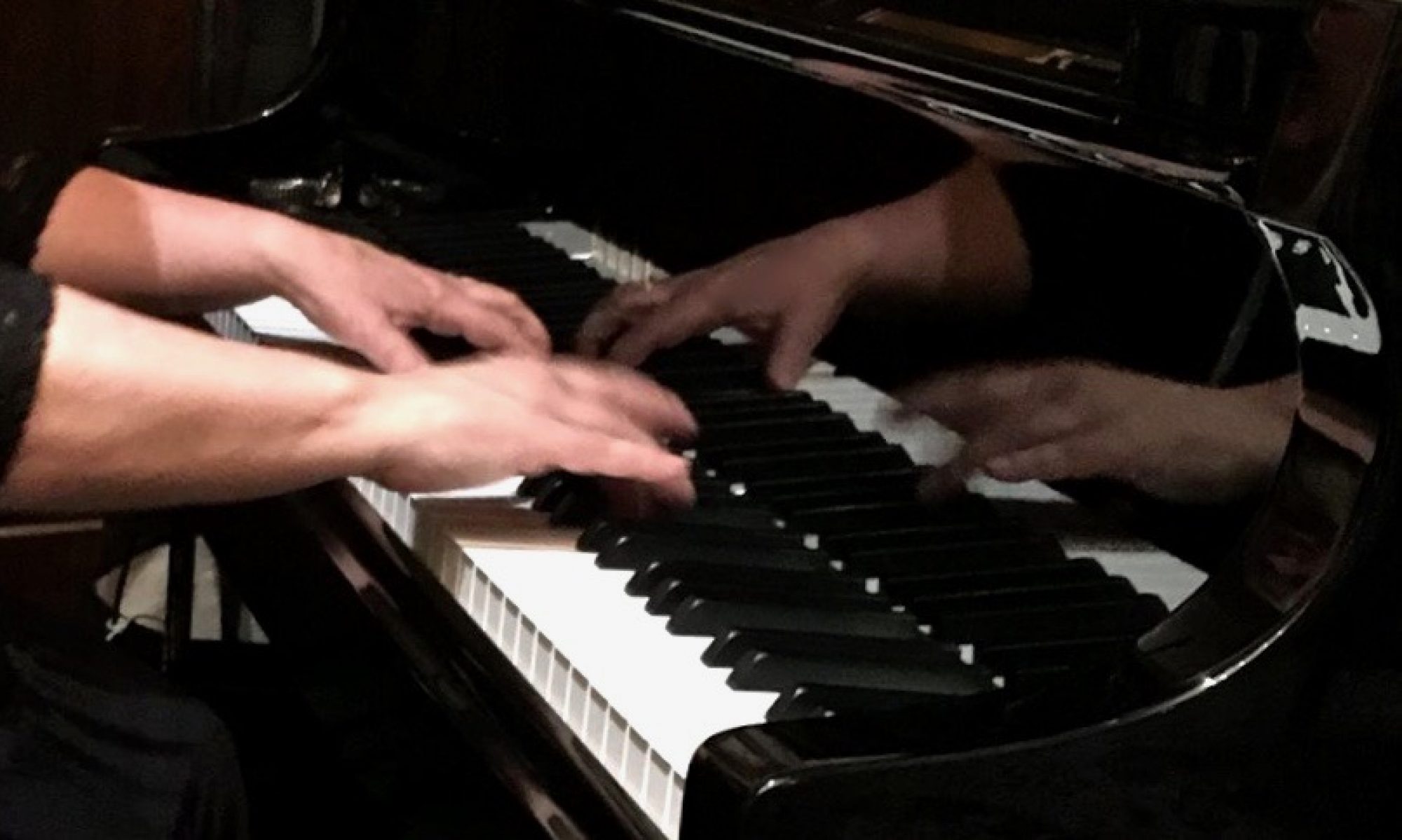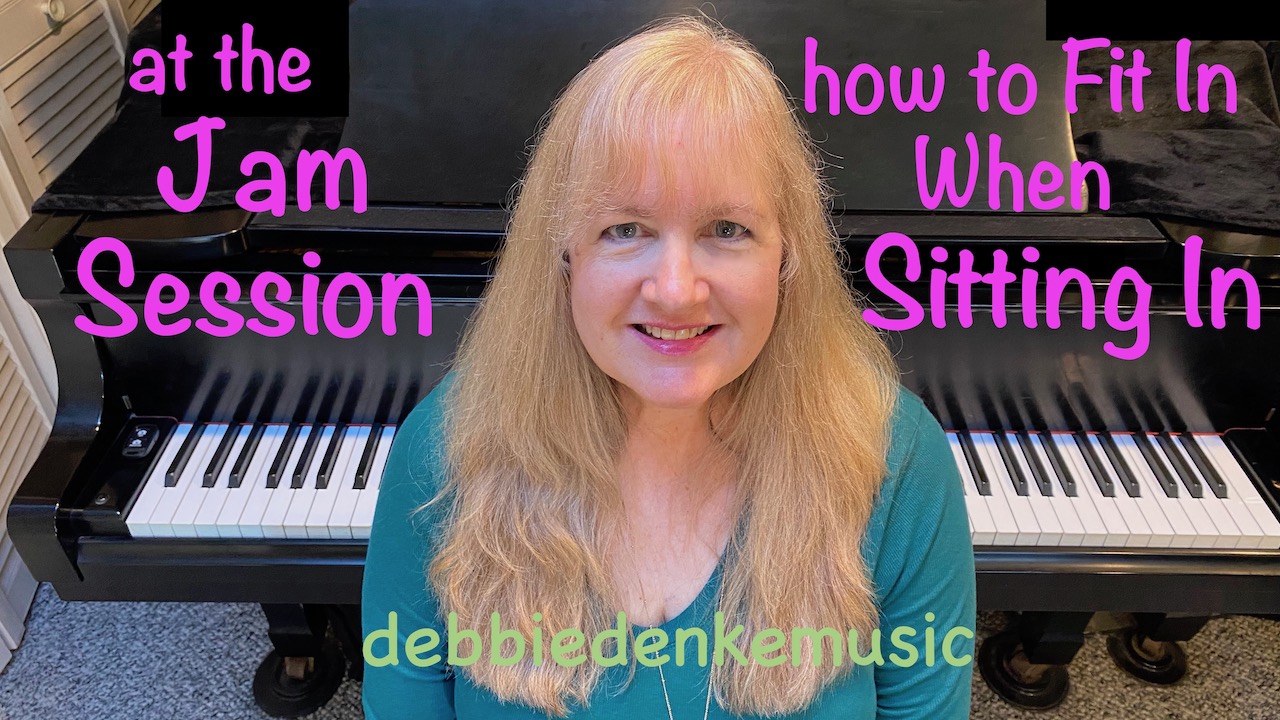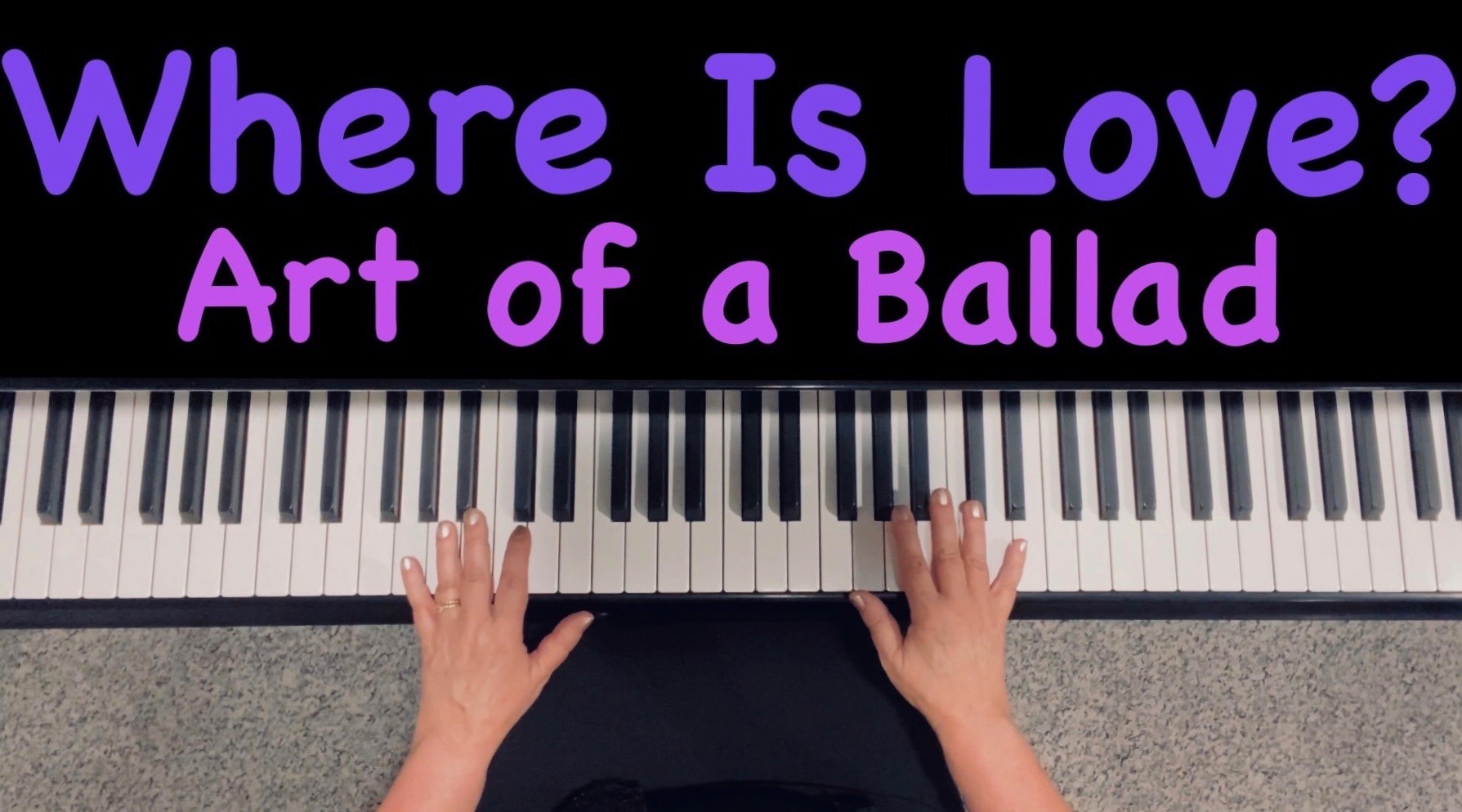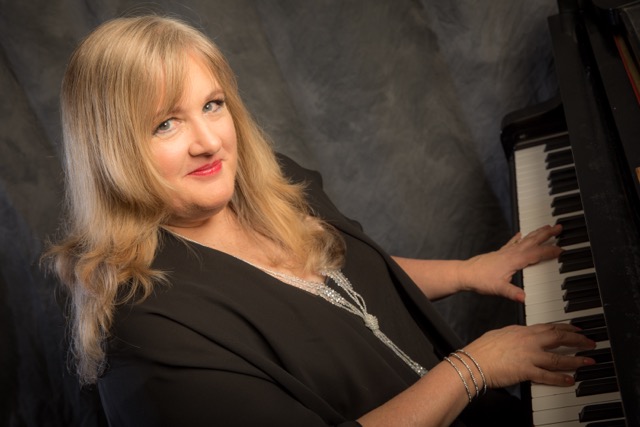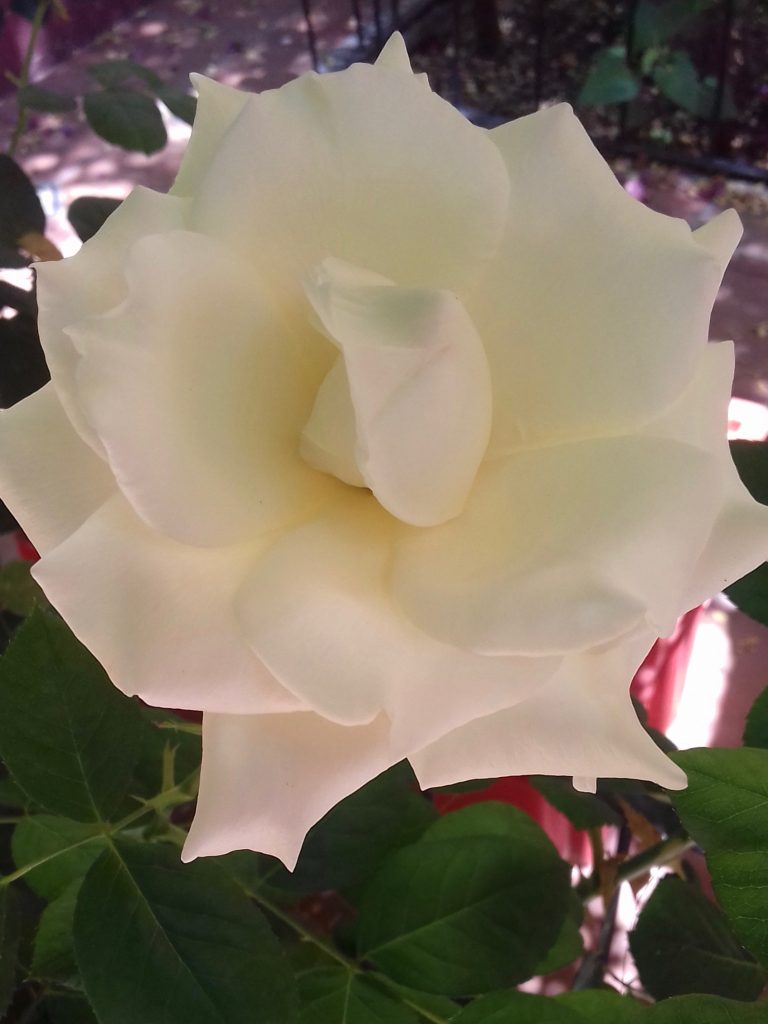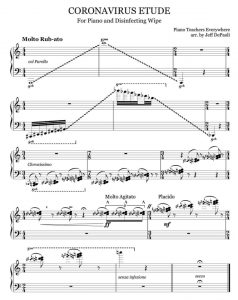A jam session can be a great way to gain performing experience. Plus, if you play it right, you’ll be introduced to other musicians who may want to work with you someday! Ready to go onstage, meet and play music with others?
Be aware that certain sit-in behaviors can influence your reputation in a positive way, while others may be highly off-putting. Of course, sounding good on your instrument matters, but it’s not the entire story!
Learn the unspoken (yet understood by the pros) protocol tips for sitting in:
Do come with a friendly spirit. Do have 2 tunes in mind you know quite well, also bring along a flexible attitude. Do show up during the earlier side of the session, (so you can make it on the sign up sheet if there is one), plus you’ll want to look like a team player by showing support for the other musicians. Unless you are already a famous highly respected musician in town, don’t come waltzing in the final half hour expecting to be featured! Do support the club by enjoying food or beverage; maybe bring friends to cheer you on.
If you are invited to sit in, assume you will play 1 tune. Do make sure to look at whoever is taking a solo (no need to keep staring at your music stand when it’s another player’s turn). Do thank the house band, say an encouraging word or a nod to other musicians playing with you, then make like you are going to sit down. Don’t hang around the stage unless the band or jam session organizer asks you to stay up there and play another tune. (It’s embarrassing to be told to get off stage, but I’ve seen some pretty clueless sax players and guitarists not take the hint, crowding out other musicians who rightfully deserve a turn.)
Here are skills (listed by instruments) to keep in mind for successful jamming:
Singers: Do know your preferred keys for tunes. Know how to communicate your tempo/feel. Know your tune forms such as how to come in at the top or B section (bridge). You might want to hedge your bets and bring several copies of charts in your key for other musicians, especially if you don’t sing standard tunes in standard keys the standard way. (If you don’t know what I’m talking about, be sure to bring charts for piano/bass/guitar). Do know how to cue the ending to a song with physical gestures and/or musical indicators.
Horns (Brass/Woodwinds): Do know several blues heads in various keys (like C, F, & Bb) along with some standard tunes. It is helpful to know how to solo over Bb Rhythm Changes. Do have a spirit of cooperation – the jam session is not normally a cutting contest, nor is it a chance to abuse the rhythm section by “warming up” with 17 choruses. If you can’t say something by the second chorus, it’s probably time to let another player have their turn. Don’t noodle all over the vocalist while they are singing the melody! If you don’t have the experience or enough skills to phrase around the singer (or the lead horn player) by all means just stand there and try to look like you are into the music.
Pianists & Guitarists: You both are melodic, harmonic, and rhythmic instruments. Do know how to provide an intro (you’ll be called to do that especially if there is a singer – usually the last 4 or 8 bars works). You will be spending most of your time comping chords. Remember the word “comp” comes from accompany, so provide a supportive background for whoever is soloing: Listen, React, Inspire! Don’t overplay, and if there are both a guitarist and keyboardist in the band, don’t step all over each other. There are ways both instruments can inhabit the stage, but that’s a whole ‘nother lesson.
Drummers: Do know how to use brushes, rods, or jazz drumsticks in addition to regular sticks & play dynamically in various styles and tempos. Know how to trade 4s and cue a band back in, whether you take a solo over the form or play an open extended solo. Keep alert about how to interpret endings (and how to cue them with your gestures). Don’t drown anybody out by overpowering them if you can help it. Have you ever heard anybody say “Fine, but I wish the drums were LOUDER!!”? No, me neither. But it’s understandable you’ve got to be let out of the cage now and then, so go for it during your featured solo time!
Bassists: You are the backbone of the group, and deserve respect! You must be constantly on, responsible for holding the pulse and entire band together. Maybe you do want a solo, maybe you don’t? Let your feelings be known.
Example Of Typical Jazz Tune Format For Jam Sessions:
Countoff: by Session Leader or Person Playing/Singing the Melody (or) Intro: by Pianist/Keyboardist, or maybe Guitarist
Head: (Melody) by Singer if there is one, if not by Horn Instrument(s)
Solo Order: Jazz solos are usually improvised over the tune’s chord changes, and may consist of once down the tune’s length to several times (choruses). Usually a horn player jumps in first, followed by the next horn down the line. After horns the pianist or guitarist jockey for their solos, moving onto perhaps a bass solo (if desired and the club energy/dynamic feels appropriate). Then, if someone holds up 4 fingers trading 4s will follow, starting with the first soloist alternating 4 bars with the drummer’s 4 bars. This is done over the tune’s form. Ex: Trumpet/Drums/Sax/Drums/Piano/Drums/Guitar/Drums = 32 bars
Head: Melody recapped by Singer or Instrument(s) who originally played it
Ending: There are about 10 typical ways to end a tune. Hopefully all onstage musicians can intuit which one to do and end convincingly together! Don’t all fight to be the one who gets to play the last note. (See my book “The Aspiring Jazz Pianist” pages 100-102 for common endings jazz musicians play.)
Do have fun at your next jam session. Each time can be a great learning experience!
